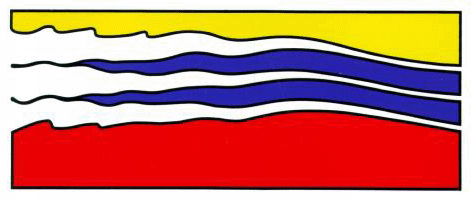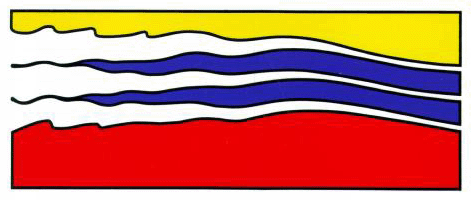
4111 Monarch Way, 3rd Floor
Old Dominion University
Norfolk, VA 23508
757-683-4940


Turbulent shear flows on shallow continental shelves (here
shallow means that the interaction with the solid, no-slip bottom is
important) are of great importance because tides and wind-driven flows
on the shelf are drivers of the transfer of momentum, heat, and mass
(gas) across the air-sea interface. In addition, these turbulent flows
play an important transport role because vertical mixing and currents
are vectors for the transport of sediment and bioactive material on
continental shelves (Gargett et al., Science, 2004).
Understanding the dynamics of this class of flows presents complications
because of the presence of a free surface and also because the flow can
be driven by a pressure gradient (a tidal current), a stress at the free
surface (a wind-driven current) or a combination of both.
Our research uses Large Eddy Simulation (LES) to quantify the effects of the
pressure gradient and wind shear on the distinctive structures of the
turbulent flow. From these LES computations, we obtain an understanding of
the physics governing pressure-driven and wind-driven flows and how they can
interact in a normal or a tangential direction.
Dr. Martinat received a License in Physics from the Université Rennes 1, France, a Master es Science degree in fluid dynamics from the Université de Toulous, France, and a Doctorat es Science in fluid dynamics from Université de Toulouse, France. He is currently a postdoctoral researcher at the Center for Coastal Physical Oceanography at Old Dominion University. His research interest is focused on large-eddy simulation of free-surface turbulent flows in shallow water, especially Langmuir circulation in a wind and wave-driven flow.

|
Innovation Research Park Building I 4111 Monarch Way, 3rd Floor Old Dominion University Norfolk, VA 23508 757-683-4940 |

|